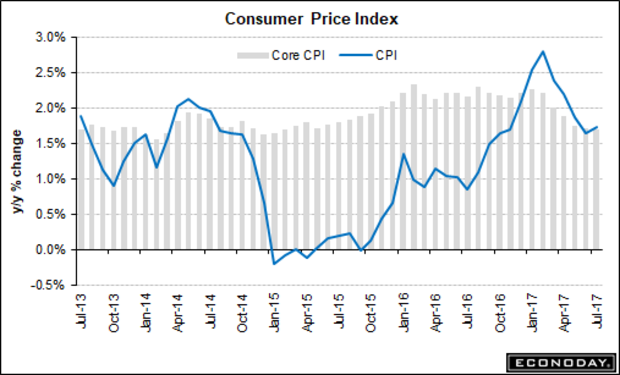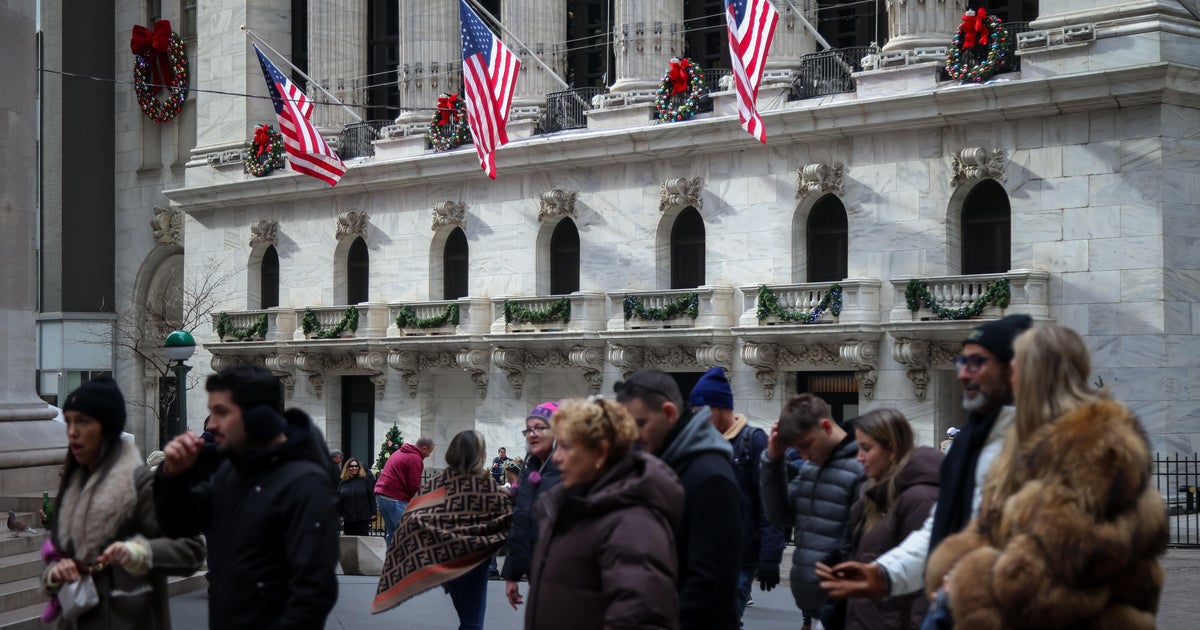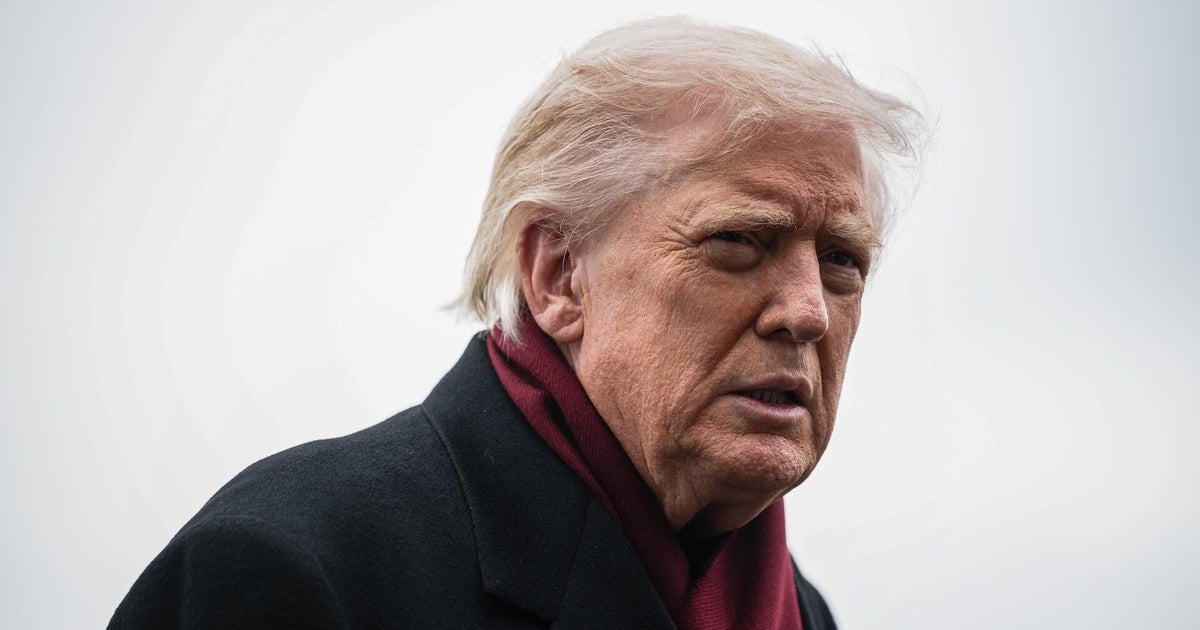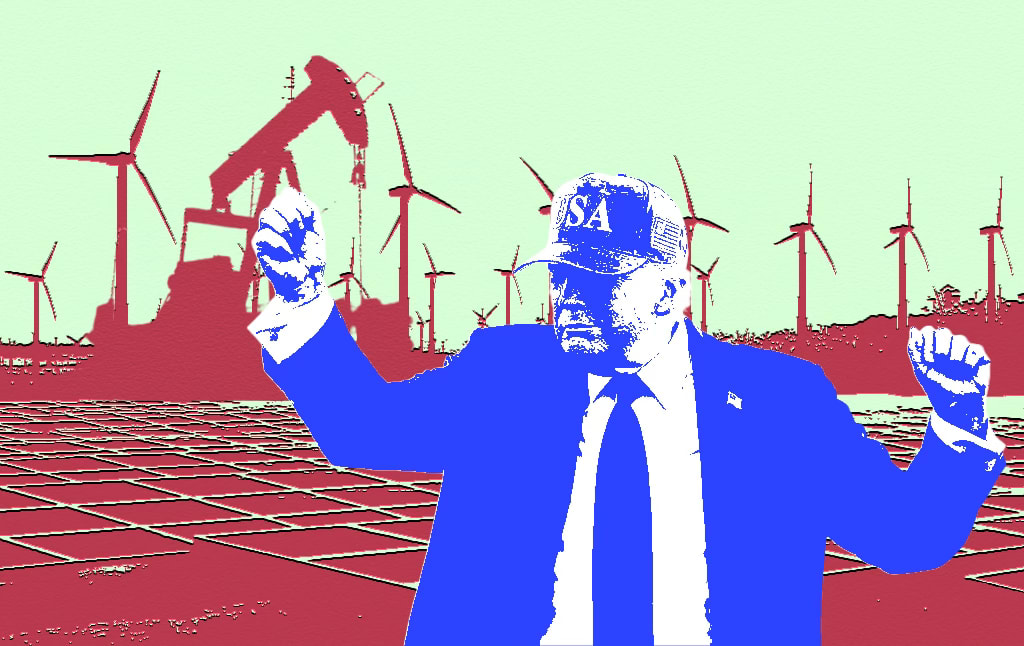A sea change on Wall Street?
A growing list of concerns points to a sharp market pullback in the weeks to come. And thus, the short reprieve investors enjoyed on Friday -- with large-cap stocks posting modest gains -- may not last long.
U.S. equities suffered their steepest pullback in months on Thursday, pushing the Dow Jones Industrials back below the 22,000 level in dramatic fashion, as the war of words between President Donald Trump and North Korea's Kim Jong Un escalated. While the bellicose rhetoric continued on Friday -- with Trump saying U.S. military assets were "locked and loaded" -- stocks posted a modest rebound.
But Thursday's steep tumble seems to have broken the recent spell of easy, volatility-less gains. The superlatives are easy to find: Stocks' worst day in three months. CBOE Volatility Index's (VIX) biggest spike since the August 2015 China devaluation. High-yield bonds' worst day in five months. The Russell 2000 small-cap index is testing its 200-day moving average for the first time since last summer.
You get the idea.
In a note to clients on Thursday, Goldman Sachs (GS) technical analysts warned that market signals suggest a "period of corrective price action has begun," setting the stage for further downward price pressure.
Market breadth continues to deteriorate rapidly as the percentage of S&P 500 stocks in uptrends is at risk of falling below its May low (charts above). A breakdown below that level would put the entire post-election rally in jeopardy -- at least from the standpoint of upside participation.
In a note on Friday, Wells Fargo (WFC) analysts led by Paul Christopher tried to calm clients, pointing out that the risk of using nuclear weapons heightens the urgency for a diplomatic solution between the U.S. and North Korea.
As for protecting against the threat of war? That's something by nature that is unpredictable and best mitigated with a solid diversification strategy -- which everyone should already have. Plus, U.S. markets have shown resilience in the face of previous threats, such as the Cuban missile crisis and the Iranian hostage standoff.
Yet, despite this long-term optimism, the Wells Fargo team is looking for a modest pullback in stock prices before year-end amid a growing list of problems, including U.S. fiscal policy (the debt ceiling, for instance), central bank policy (the likely start of "quantitative tightening" next month) and extended stock valuations.
In the Institute of International Finance's latest Weekly Insight, it highlights not only the need to raise the $19.8 trillion U.S. debt limit by mid-October, but it also noted concerns about very high corporate debt levels, particularly in Europe. The organization also noted ongoing trade tensions between the U.S. and China, which could flare up if Beijing uses economics as a foreign policy tool regarding the North Korean standoff.
The two big fundamental factors in play are corporate earnings expectations and economic growth projections. Both are at risk. Following the best period of S&P 500 earnings growth in five years in the second quarter, analysts' forward estimates aren't moving much, up just 0.69 percent over the past month. That suggests analysts believe recent tailwinds enjoyed in second-quarter earnings -- mainly, the year-over-year rebound in energy prices -- will fade as an impetus for higher profits.
As for the economy, Friday's disappointing (from the Fed's point of view) consumer price index report reveals inflation is stalling (chart above) -- which suggests the economy overall has once again hit a soft spot.







